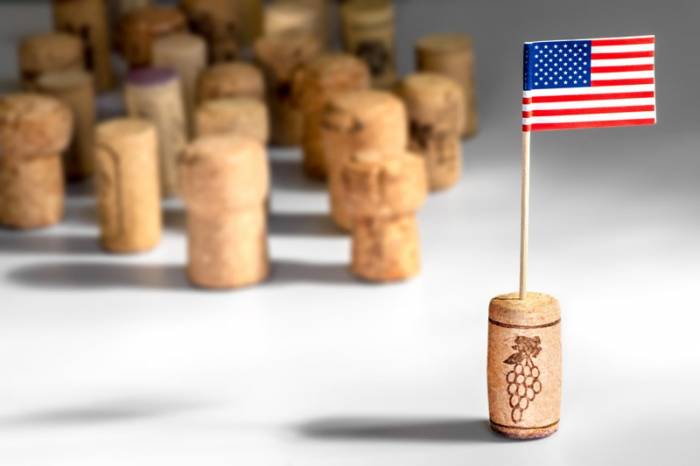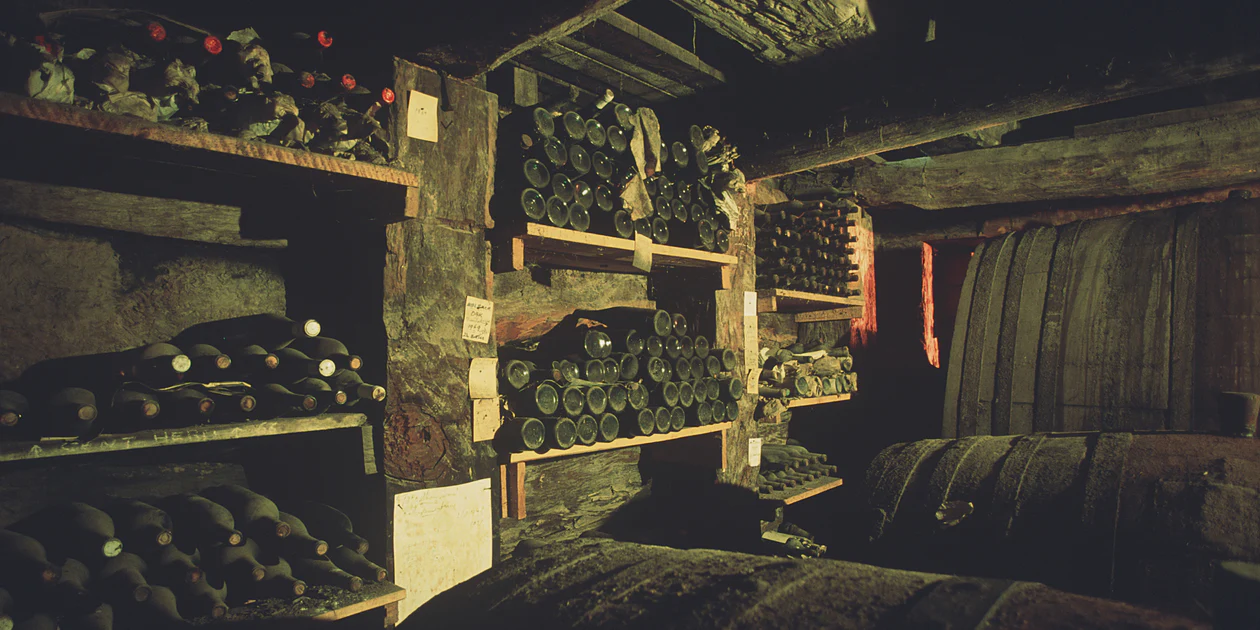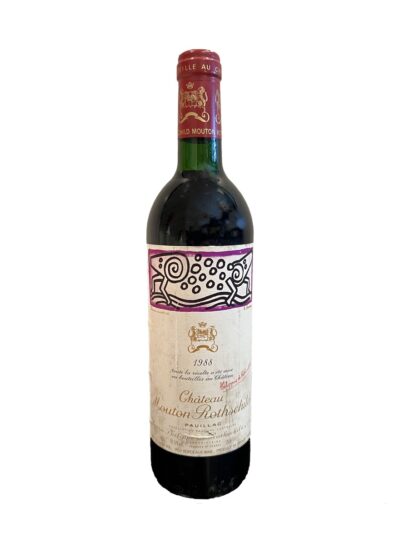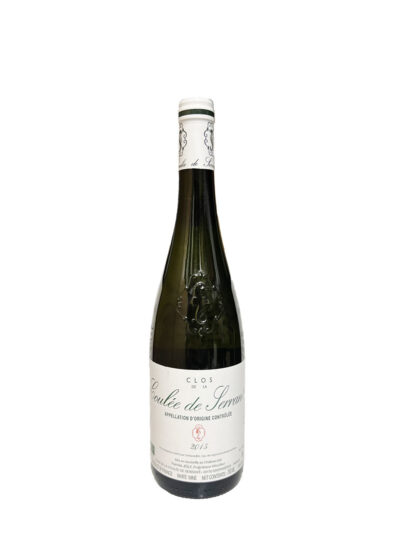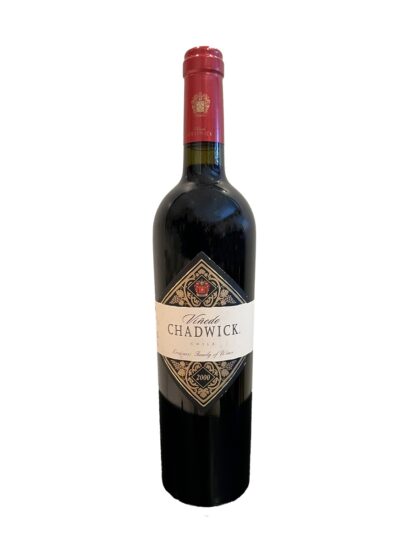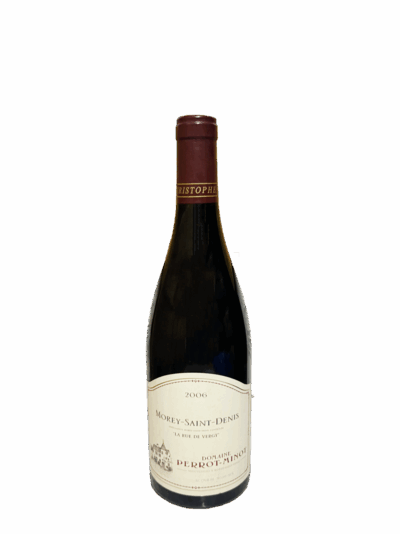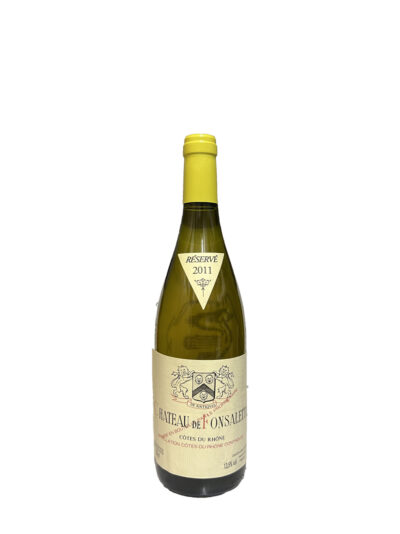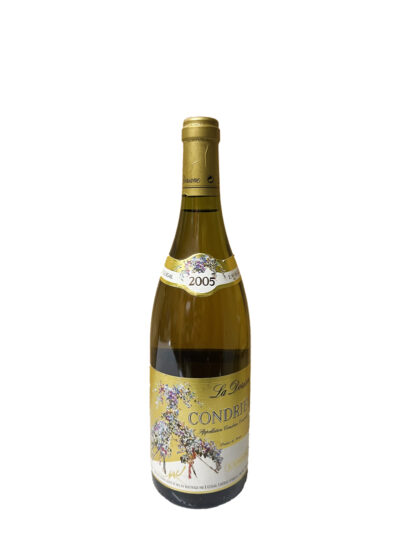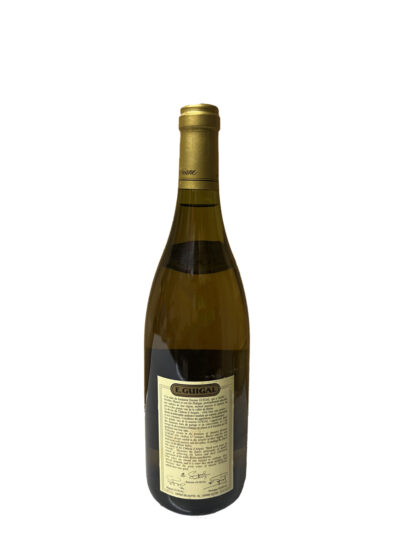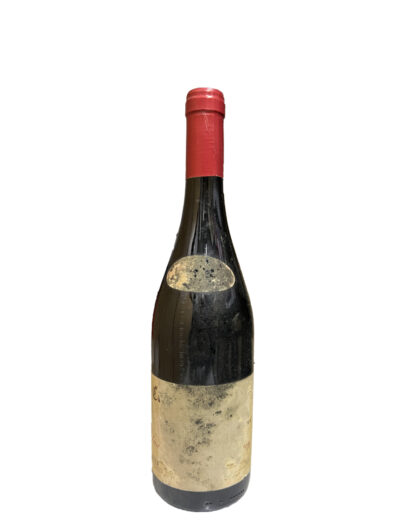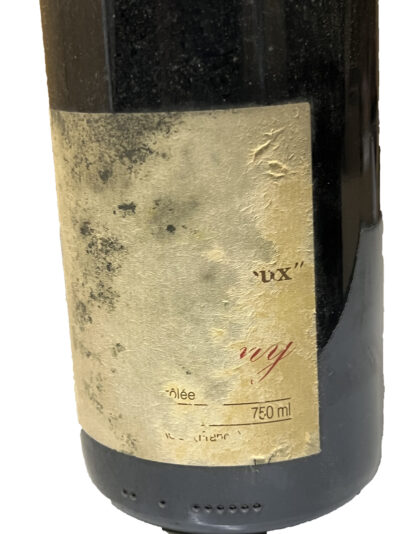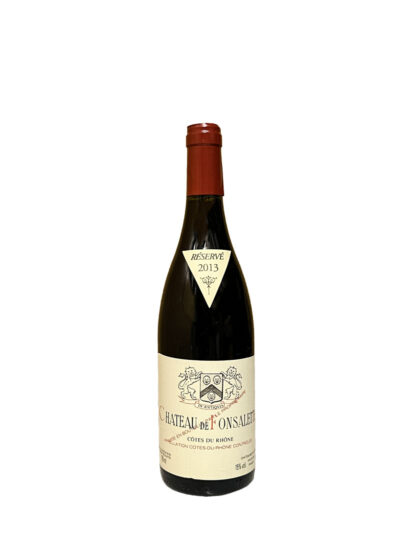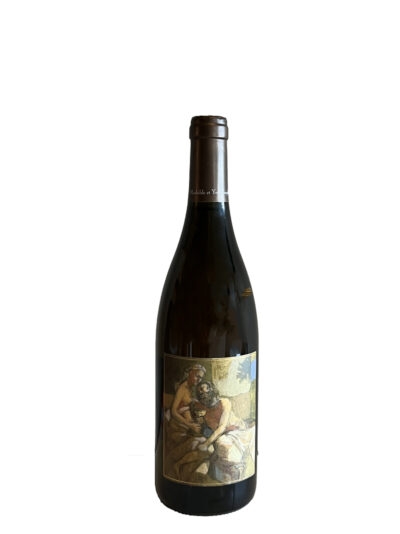The Immediate and Long-Term Consequences
1. For Consumers
For American wine drinkers, the most direct and visible impact is the rise in prices. A bottle that might have cost $20 in 2024 could now sell for $30 or more. The extra cost is often absorbed not by the producers or importers, but by the end customer — especially when wines pass through several hands before reaching the shelf.
In addition to the financial impact, consumers may begin to notice a decrease in the variety and availability of European wines. Smaller importers may find it unfeasible to continue working with boutique European estates, and wine retailers may shift their focus to domestic or New World producers.
From a cultural standpoint, this also risks reducing access to some of the world’s most important wine traditions. When cost becomes a barrier, curiosity suffers. And that is a loss for everyone.
2. For Wineries in Europe
For producers across Europe, particularly smaller, family-run estates, the consequences can be severe. Many of these wineries rely on consistent exports to the US, which remains one of the largest wine markets in the world. The sudden imposition of new US wine tariffs can disrupt contracts, delay shipments, and create uncertainty in an already competitive environment.
Faced with shrinking US orders, some wineries are left with surplus stock they had already allocated for export. The pressure to discount or find alternative buyers can threaten already tight margins, especially for those operating at an artisanal scale.
Wineries now face a difficult choice: lower their prices to stay in the US market and absorb the cost themselves, or shift focus to other international markets where trade relations remain more favorable. In both cases, it requires adaptation, flexibility, and a long-term strategy.
3. For Wine Businesses
Importers, distributors, and retailers are caught in the middle. Margins are squeezed as they try to remain competitive without alienating their customer base. For many, this means cutting back on inventory, canceling orders, or pausing relationships that have taken years to build.
However, this situation also forces businesses to innovate. Some are turning to direct-to-consumer models, private club offerings, or alternative logistics strategies that minimize costs and keep rare wines within reach of dedicated clients.
At Le Roux Vins, we have always operated on a model that values direct relationships with both producers and collectors. This has proven to be a strong foundation in moments like this.
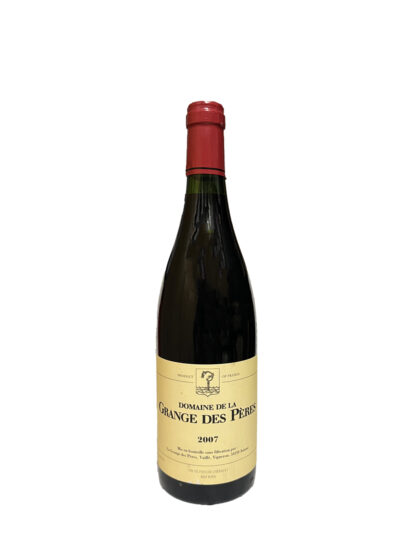 IGP Pays d'Hérault 2007, Grange des Pères, Laurent Vaillé
CHF 360.00
IGP Pays d'Hérault 2007, Grange des Pères, Laurent Vaillé
CHF 360.00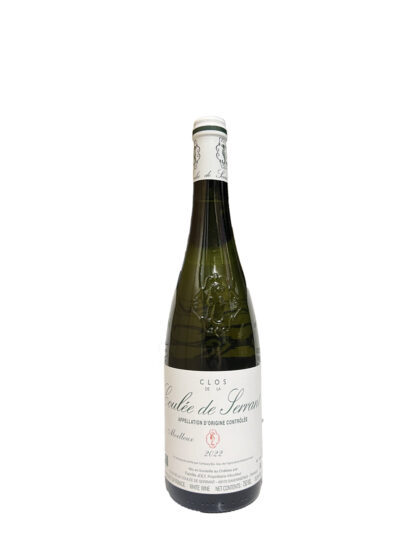 Clos de la Coulée de Serrant Moelleux 2022, Château de la Roche au Moine
CHF 105.00
Clos de la Coulée de Serrant Moelleux 2022, Château de la Roche au Moine
CHF 105.00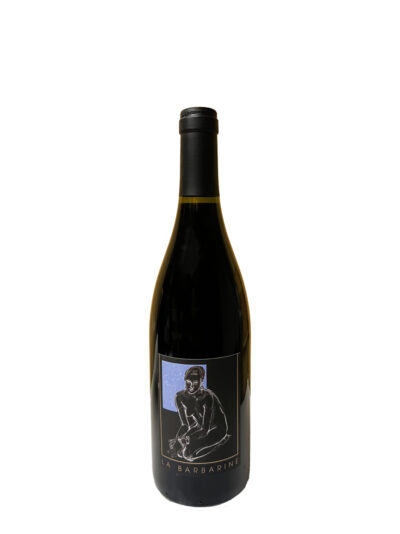 Côte Rôtie la Barbarine 2021 Gangloff
CHF 290.00
Côte Rôtie la Barbarine 2021 Gangloff
CHF 290.00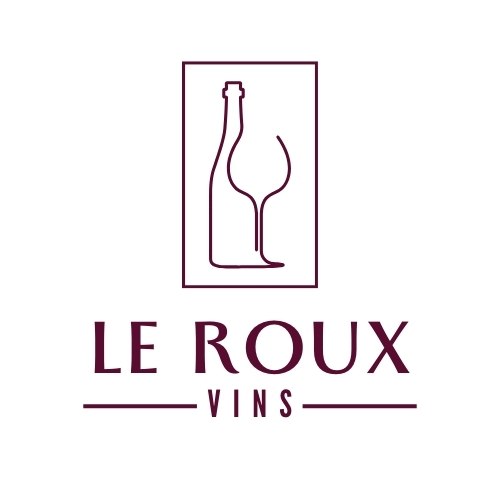
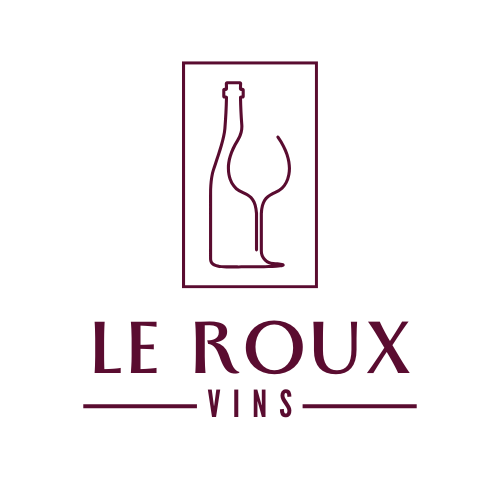
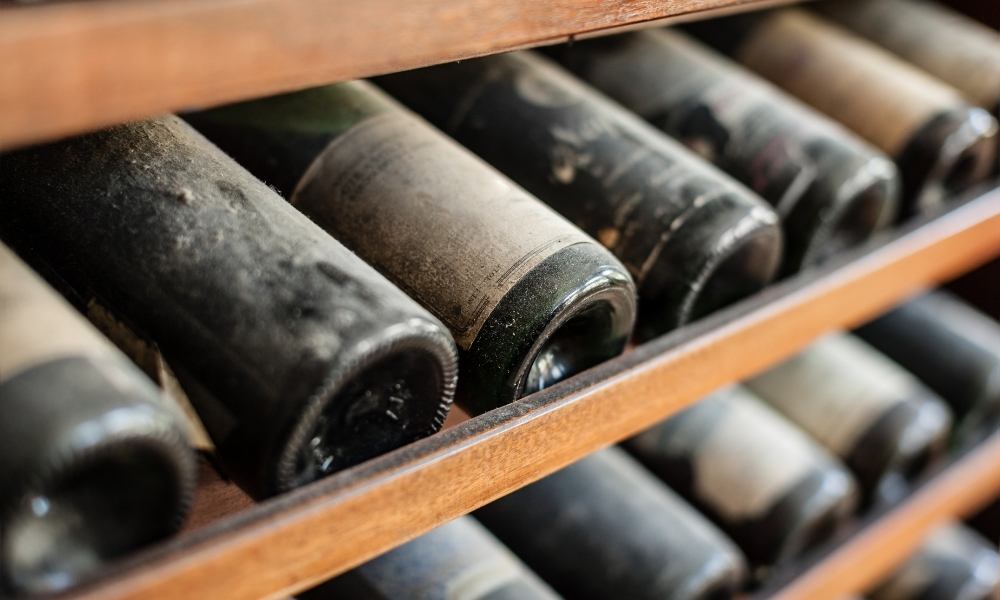

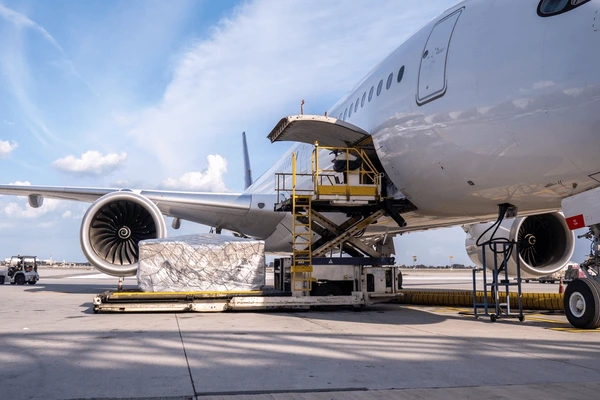



 Français
Français English
English